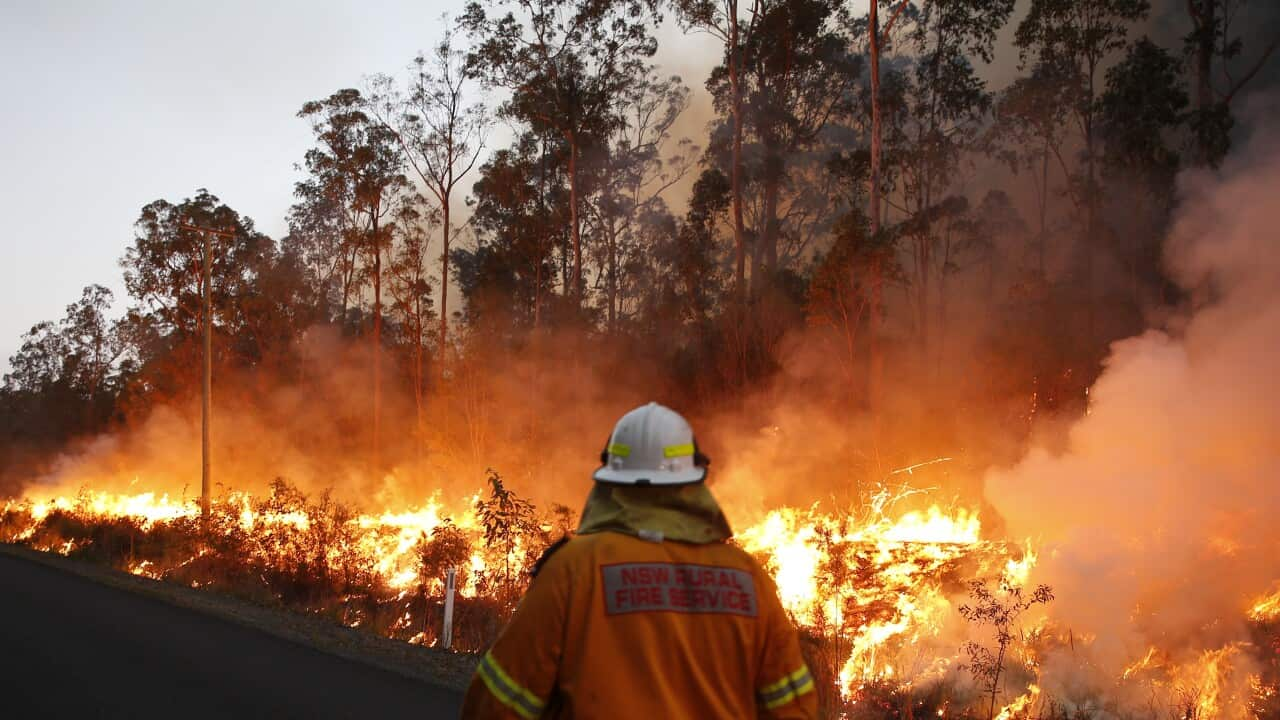Specialist Suggestions on Bushfire Administration for Improved Fire Defense
In the world of bushfire administration, the value of specialist advice can not be overemphasized. From understanding the subtleties of bushfire actions to applying sensible actions such as firebreaks and defensible spaces, there exists a wealth of expertise that can substantially enhance fire protection initiatives.
Understanding Bushfire Behavior
To efficiently reduce the influence and manage of bushfires, it is critical to have a thorough understanding of bushfire habits. Bushfires are complex all-natural sensations influenced by various variables such as weather, topography, gas load, and human activities. Understanding how these components connect is important in predicting the actions of a bushfire, allowing for better preparation and response methods.
One trick element of bushfire habits is fire spread. By studying past fire events and evaluating fire patterns, experts can expect just how a bushfire might progress under specific conditions.
Furthermore, comprehending ash strike, detecting, and fire tries is necessary in understanding the complete level of bushfire actions. Ashes can travel fars away ahead of the fire front, igniting place fires and posturing a significant danger to buildings. Fire whirls, on the various other hand, can develop erratic fire actions, making the fire administration process a lot more tough. By delving right into these complexities of bushfire behavior, authorities can boost their readiness and action abilities, ultimately minimizing the effect of these devastating occasions.
Applying Firebreaks and Defensible Rooms
Comprehending bushfire habits is foundational for effectively executing firebreaks and developing defensible rooms to enhance fire protection. Maintaining these firebreaks through normal clearing of particles and vegetation is vital to ensure their effectiveness throughout a bushfire event.

Effectively applying firebreaks and defensible rooms requires precise preparation, routine upkeep, and area teamwork to make sure the highest degree of fire protection for residential properties and lives in bushfire-prone locations.
Utilizing Very Early Caution Equipments
Releasing sophisticated very early warning systems is important for timely discovery and notifying of possible bushfire threats. By utilizing innovative modern technologies such as satellite monitoring, weather sensors, and thermal imaging, authorities can properly monitor fire-prone locations and identify ignition sources at the earliest stages. These systems can supply real-time information on fire strength, instructions, and behavior, enabling for punctual decision-making and rapid release of firefighting resources to the affected areas.
Early warning systems additionally play a critical role in signaling residents and neighborhoods about putting at risk bushfire risks. Through automated alarms, message notifies, phone calls, and social media notifications, individuals can be swiftly notified about discharge orders, risk-free sanctuary places, and emergency situation treatments. This proactive method not just saves lives yet also lessens building damage by making sure that individuals have adequate time to evacuate and safeguard their homes.
Developing Evacuation Strategies
Efficient evacuation plans are crucial for ensuring the safety and security of citizens in bushfire-prone areas. Creating well-balanced emptying approaches is critical in alleviating the threats posed by bushfires and safeguarding human life. These strategies best site should be thorough, considering various factors such as the topography of the location, the thickness of plants, and the most likely speed and direction of the fire's spread.
When producing discharge plans, it is essential to establish clear discharge paths and setting up factors where residents can collect securely. These courses must be routinely preserved to make certain accessibility throughout emergency situations. Furthermore, interaction approaches must be in area to sharp citizens of imminent risk and offer clear guidelines on emptying procedures.
Cooperation in between neighborhood authorities, emergency situation services, and community participants is essential in developing efficient emptying plans. Normal drills and workouts must be conducted to acquaint homeowners with the procedures and make sure a swift and arranged evacuation when a bushfire intimidates the area. By focusing on the development of robust emptying strategies, communities can improve their strength to bushfire emergencies and lower the potential impact on residential properties and lives
Participating In Community Preparedness
In the world of bushfire monitoring, fostering community readiness plays a crucial function in strengthening the strength of homeowners living in high-risk areas. Taking part in community preparedness includes informing residents on bushfire threats, promoting fire safety and security methods, and creating emergency situation plans collectively. By actively including the community in readiness initiatives, people come to be much more notified and equipped to take aggressive procedures to secure their lives and homes throughout bushfire incidents.
Neighborhood preparedness efforts often include performing fire drills, establishing interaction networks, and arranging training sessions on fire reductions strategies. Urging collaboration amongst next-door neighbors to create a cohesive support system can considerably boost the overall readiness degree of a neighborhood. The possibility of decreasing damages and making sure safety increases substantially. when homeowners are knowledgeable more and equipped to react efficiently to bushfires.
Conclusion
In verdict, reliable bushfire monitoring needs an extensive understanding of fire actions, the application of firebreaks and defensible More Help spaces, the usage of very early caution systems, the advancement of emptying plans, and neighborhood interaction in readiness efforts. By integrating these approaches, communities can boost their fire security procedures and decrease the influence of bushfires on both residential property and lives. BAL Assessment. It is crucial for all stakeholders to collaborate to create a more secure setting when faced with this natural catastrophe
To effectively reduce the influence and handle of bushfires, it is important to have a comprehensive understanding of bushfire habits. By researching previous fire occurrences and assessing fire patterns, specialists can prepare for exactly how a bushfire may proceed under details problems.Comprehending bushfire actions is fundamental for effectively executing firebreaks and creating defensible spaces to improve fire protection. Involving in community preparedness involves educating homeowners on bushfire dangers, promoting fire safety techniques, and creating emergency plans collectively.In conclusion, effective bushfire monitoring needs a comprehensive understanding of fire habits, the implementation of firebreaks and defensible rooms, the application of early caution systems, the growth of evacuation strategies, and area involvement in preparedness efforts.